
Next Tuesday, Google will be holding a huge device-release event. Rumors and predictions currently hold that it’ll be showing off a new phone, a virtual-reality headset, a 4K Chromecast, a new Wi-Fi router, potentially their new hybrid mobile/desktop OS, and the Google Home (i.e., Google’s response to the Amazon Echo). Set to be streamed live, the event has a curious hashtag: #MadeByGoogle.
A little background for why that hashtag might raise eyebrows: Google has always had a bit of a weird relationship with consumer hardware. Unlike its rival Apple, Google made its bones on a search engine and (usually) stellar software, and has only sporadically designed and sold hardware. In the smartphone-and-tablet space, it’s been largely content to distribute Android, its mobile OS, for free and make money off advertising and the Google Play store. It’s dabbled in hardware — the Nexus line of phones and tablets have shown off how good Android and smart-hardware design can be, but they are more guideposts for other manufacturers than outright attempts to make hardware the focus of Google’s output. (And even the Nexus line has largely been made in concert with manufacturers like LG or HTC.) Other forays, such as Google Glass, have been laughable failures. For an example of how clumsy Google can be around hardware, just look at the development of its modular smartphone, Project Ara. It was first revealed in 2014 before going dormant, then was resurrected at Google’s I/O event in May this year, and then killed again at the beginning of September.
Former Motorola president Rick Osterloh was hired in April to head up all of Google’s hardware initiatives (with the exception of smart-home thermostat company Nest), bringing many of Google’s hardware fiefdoms under one roof. (Osterloh was formerly at Google when it bought Motorola Mobility for $12.5 billion in 2012, before selling it 18 months later for just under $3 billion to Chinese manufacturer Lenovo.) Six months in hardware development is the blink of an eye, so it’ll be hard to judge how Osterloh is doing so far, but it should be a good indicator of what Google and Osterloh hope to do with Google hardware over the coming years. Here’s what we think we’ll probably see:
Google Home
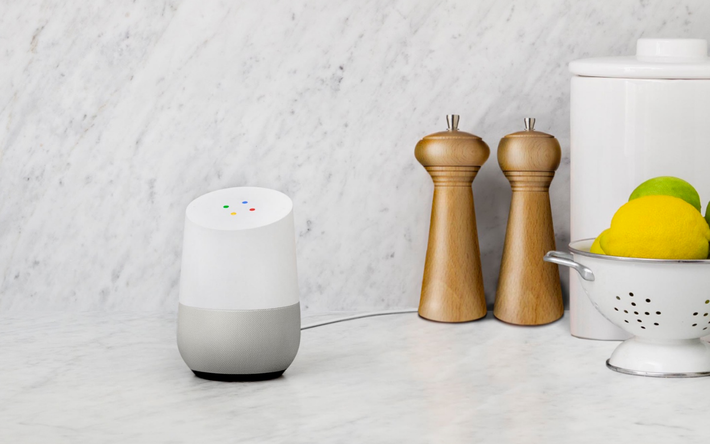
One thing to keep in mind is that Google isn’t really attempting to become a juggernaut in hardware (though it obviously hopes to start selling more and more of its own products). Consumer hardware, unless your company happens to be named Apple, is a place of small profit margins and fierce competition. Case in point: While Google’s Chromecast sales are great, it’s sold on the cheap and the margins on it are likely very thin. The real reason to push the Chromecast? It was a way to test and perfect the system that will power the Google Home, Google’s answer to Amazon’s Echo.
Debuted at Google’s I/O conference in May, the Home device is two things: a digital hub for your smart-home devices, and a voice assistant that can do things like control your smart home, keep track of your events, book flights, and so on. It’s similar to Amazon’s line of Echo speakers, which have become a stealth hit over the last couple years thanks to the Alexa voice assistant — but it could have a leg up on Alexa in two key areas.
One, if you have a Google account and use it on a regular basis, you’ve already turned over a tremendous amount of information to Google, everything from what you like to read and search for to your normal Google map searches (and where your home and office are). This is information that Amazon simply doesn’t have — it may have your home address and your shopping habits, but beyond that it’s left in the dark, unless you choose to manually enter more info into Alexa.
Two, Google’s assistant (already available in a slightly different form on Android handsets as OK Google and Google Now) has better overall speech recognition than Amazon. This is mainly because Google has a larger corpus of speech with which to train its machine-learning programs. It can also react to previous questions and statements: Ask a question about when The Magnificent Seven is playing and Google will serve up times. Ask again “Can I buy tickets for it?” and it’ll take you to a purchase page for the movie. Ask the same sequence of questions to Alexa, and it will simply do a search for “buy tickets for it,” without remembering that the conversation was about Denzel’s killing a bunch of dudes.
What remains to be seen is whether Google Home, which will cost $129, or $50 less than Amazon’s Echo, will be able to match the Echo’s remarkable long-distance microphone array that lets you talk to it even in a loud room or with music playing, without having to raise your voice or even turn toward the device.
The Pixel Phone
This is where Google is already making a marketing push. Made in very close coordination with HTC, these phones may be both tentpole phones, showing off Android at its best, and Google’s bid for the mass market that so far has eluded its Nexus line of phones. It’s expected to have two versions, the Pixel and the phablet Pixel XL, mirroring how Apple bifurcated its own lineup in 2014 with the iPhone 6. It’s also rumored that the phone will only be available for physical sales at Verizon stores, though phones sold online through Google’s own store will almost certainly be unlocked to any carrier that will have them.
That said, when Google releases without carrier exclusivity, it tends to be able to offer high-end phones at budget prices — the (very solid) Nexus 5X and Nexus 6P, released in 2015, went on sale for $379 and $499, respectively. The last time Google teamed up with Verizon, for the Nexus 6, it went on sale for $649. The rumored price for the Pixel phones this time around? Around $649 for the smaller Pixel with 32GB of storage, and presumably more for the Pixel XL.
But why would Google change the name of their phones from Nexus to Pixel?
One, Google was simply running out of names — its smartphone line currently sits with the Nexus 6P at the top, and the Nexus 7 is already a popular tablet (not to mention the number 7 has been used by both Samsung and Apple this year for their own flagship phones).
Two, the only other Google product to carry the Pixel name is Google’s Pixel line of high-end Chromebooks and the Pixel C convertible tablet. It’s an open secret that Google is working on an OS, for now being called Andromeda, that will combine Android and ChromeOS, and Google may want to gather all of its devices, from phones to tablet to laptops, under one banner. However, the phone itself will likely be running Android 7.1.
A New Tablet — by Huawei
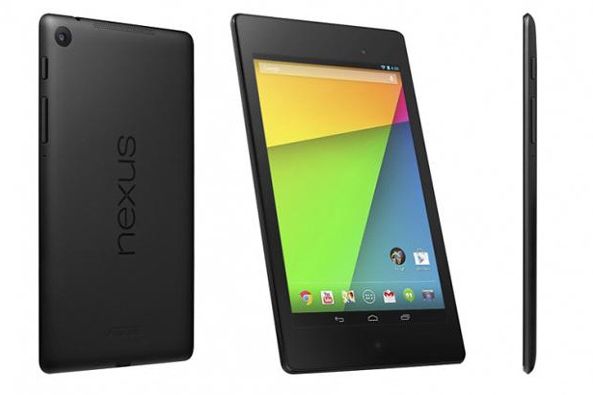
While Google may be ditching the Nexus branding for its phones, it may be rolling out a refresh on the Nexus 7 — one of my personal favorite tablets — made by the increasingly popular Chinese manufacturer Huawei (the first two Nexus 7 tablets were made by Asus).
However, leaks and rumors about this are kinda all over the place. It’s not clear whether this will actually continue the Nexus branding, whether it will actually be called the Nexus 7 or just be a spiritual successor, or will get bumped over to the Pixel family. It may be the first device to run the new Andromeda OS — or it may run Android with the ability for devs to install Andromeda on it. It’s not even clear if this tablet will be shown off at the Made by Google event. All anybody really knows is this, from reliable leaker Evan Blass:
A Glimpse of Google's New OS?
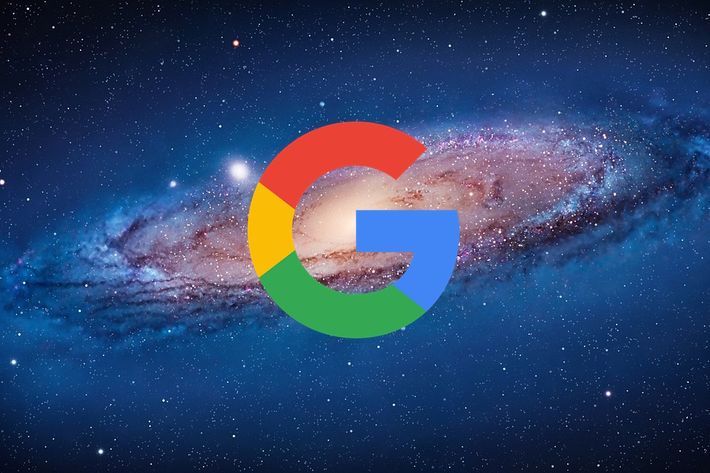
Andromeda, first reported by The Wall Street Journal in late 2015, represents a years-long effort by Google to reconcile the two operating systems it currently uses: Android on mobile and most of its tablets, and ChromeOS for Chromebooks and a few convertible tablets. If it can create a usable operating system that works both for mobile and desktop at the same time — something Microsoft and Apple are both still struggling to do — there’s a chance Google could one day own desktop-OS market share in the same way it currently owns mobile-OS market share.
There’s reason to believe we will get some look at Andromeda. Head of Android development Hiroshi Lockheimer tweeted this over the weekend:
Google Daydream: Serious VR
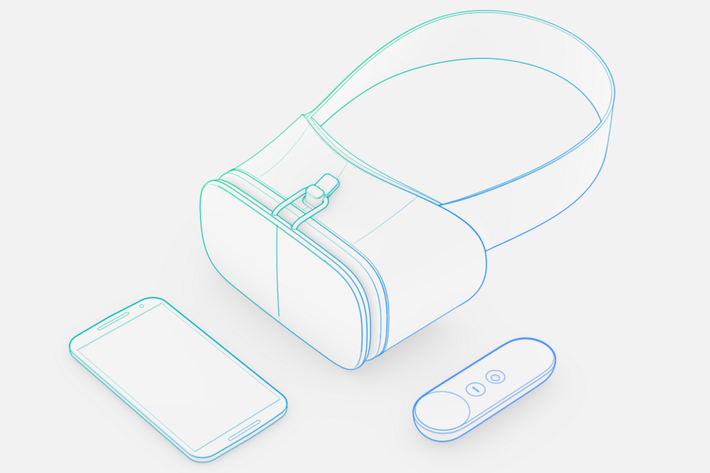
Almost assuredly making its debut will be Google’s Daydream platform and the Daydream headset, potentially called Daydream View. This is Google’s major leap forward, after years of sending out as many samples of its cheap Google Cardboard glasses as possible, and months of behind-the-scenes work securing filmmakers to use Google’s Jump platform to create 3-D video for VR.
So far, mobile VR has been dominated by Samsung’s Gear VR, which does a fine job, thanks to both Samsung’s high-quality screens and its partnership with Oculus, which provides some vital software to help reduce motion sickness.
What will the Daydream bring to the table? Well, for one, unlike the Samsung Gear, the Daydream platform will likely be available across every device that meets minimum specs — even, possibly, iPhones.
A 4K Chromecast
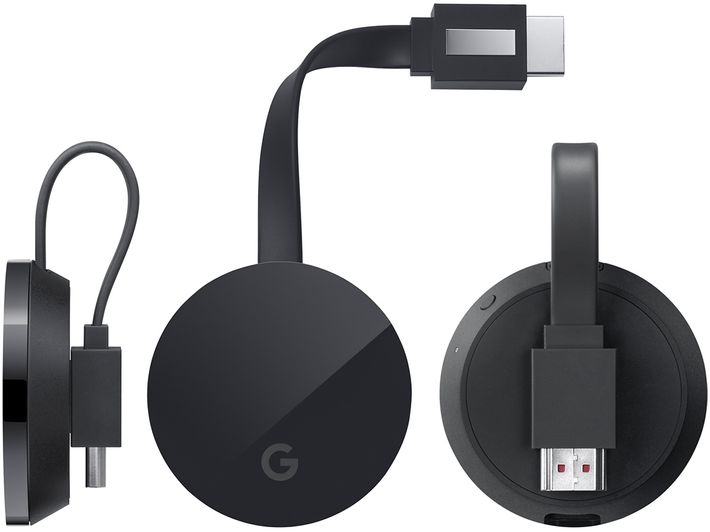
A fun fact that’s gone relatively unreported: Google’s Chromecast was the best-selling streaming product last year (despite not being sold through Amazon). As 4K televisions begin to saturate the market, and more streaming content is available in 4K resolution, Google is set to launch its 4K-ready Chromecast Ultra, which will reportedly cost $79 — double the price of its original Chromecast.
One interesting wrinkle: This may not be called a Chromecast at all. A report from VentureBeat suggests that the device may lose all Chrome branding altogether, in favor of the “G” symbol now widely used across many of Google’s apps and properties.
A New Wi-Fi Router
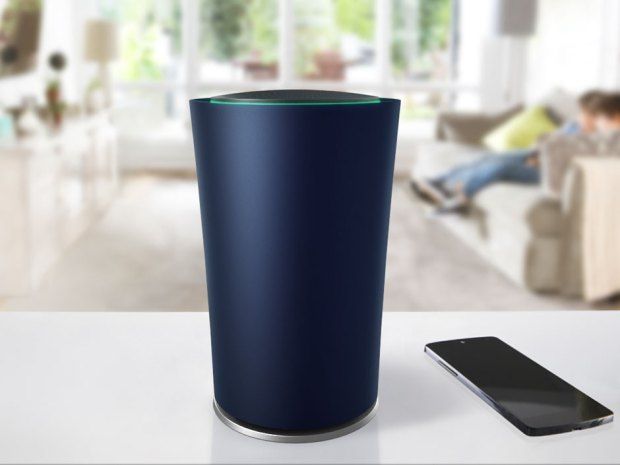
Google has dipped a toe in these waters before with its OnHub, but the router was silently abandoned, as promised updates never came to fruition. The relaunch, reportedly simply called “Google Wi-Fi,” looks to serve much the same purpose — dirt-simple Wi-Fi setup for everyone — with a couple of added bonuses. The one that should catch everyone’s eyes: the ability to support mesh networking, meaning you can use multiple routers to expand your Wi-Fi network through your home, something that’s currently only possible either through complicated Wi-Fi extenders or expensive options like Eero. The base router is reported to cost $129.
A New Pixel Laptop?
In the world of Chromebooks, HP, Lenovo, Acer, Samsung, and others all produce variations on what a Chromebook is usually imagined as: a cheap laptop with a decent keyboard and not much onboard storage space that you can grab for $150 to $300 (or maybe $400 if you’re feeling flush). But Google’s Pixel laptops were defiantly high-end, and were priced that way: The original Pixel cost $1,299 and the Pixel 2 came in at $999.
The Pixel laptops were also notable for being both designed and manufactured entirely by Google (or, to be more precise, manufactured by a subcontractor in China, much like the relationship between Apple and Foxconn). With the whole #MadeByGoogle atmosphere around the event, it would make sense for Google to talk about its work on the Pixel 3, known within the company as “Bison.” Rumored to be released sometime in fall of 2017, it will undoubtedly run Andromeda — which means, of course, it will no longer technically be a Chromebook. This may be a no-show at the event — or it may be the perfect time to show that Google doesn’t need to rely on HTC or LG or Huawei to create products consumers will want to buy.





























